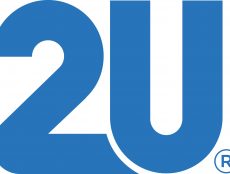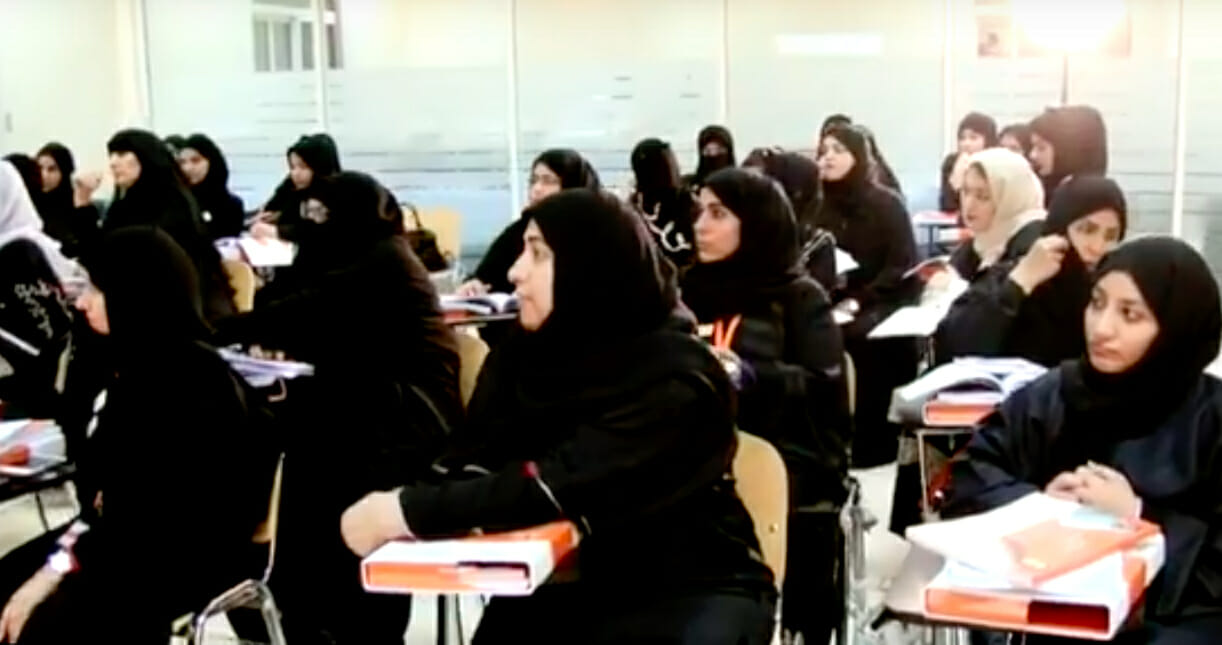
In April, the National Education Policy Center (NEPC) released its annual virtual schools report. As in past years, this extensive report sought to offer a snapshot of the current state of virtual schools nationwide. Key takeaways from this year’s report suggest that virtual schools are rapidly expanding but require robust policy changes to continue growing. As the NEPC stated in its press release last month, “An analysis of state policies suggests that policymakers continue to struggle to reconcile traditional funding structures, governance and accountability systems, instructional quality, and staffing demands with the unique organizational models and instructional methods associated with virtual schooling.” Among other problems currently facing virtual schools are those connected to accountability: “Accountability challenges linked to virtual schools include designing and implementing governance structures capable of accounting for expenditures and practices that directly benefit students.”
Key Findings from the Virtual Schools Report 2017
The Scope of Virtual Schools
In 2015-16, 528 full-time virtual schools enrolled 278,511 students in the United States and an additional 140 blended schools enrolled 36,605 students. Thirty-four states had full-time virtual schools and 21 had blended schools. Only 4 states had blended but no full-time virtual schools: Connecticut, Hawaii, New Jersey and Rhode Island. Private education management oversees 29.4% of the full-time virtual schools, but those schools account for 69.5% of all students enrolled in virtual schools. Charter schools are also highly represented among full-time virtual schools. To date, the demographics of virtual schools continue to lag behind in terms of diversity. As stated in the report, “Relative to national public school enrollment, virtual schools had substantially fewer minority students and fewer low-income students. Blended schools overall had only a slightly lower proportion of low-income students, and a substantially higher average of Hispanic students.” This, however, likely reflects the fact that a majority of full-time virtual schools are private rather than public.
Performance of Virtual Schools
Key Recommendations
In response to the report’s mixed findings about K-12 education, this year’s Virtual Schools Report also offered a series of policy recommendations, including the following: “1.) The specification and enforcement of sanctions for virtual schools and blended schools if they fail to improve student performance; 2.) The creation of long-term programs to support independent research on and evaluation of virtual schooling, particularly full-time virtual schooling; and 3.) The development of new funding formulas based on the actual costs of operating virtual schools.”
As the report emphasizes, there is now an especially pressing need to increase research and identify best practices in full-time virtual schooling. As stated in this year’s report, “While much of the earlier research literature focused on examining the effectiveness of supplemental virtual schooling, the past five years have seen a dramatic increase in research focus on the effectiveness of full-time virtual schooling.”









No Comments